Celebrating
30 Years of
Environmental
Solutions!
October 16, 2018
4:30 - 7:00 PM
180 Wells Ave
Suite 200
Newton, Ma

4:30-5:30 pm
Healthy Buildings micro-presentations, tours, food and drink
5:30-5:45 pm
Keynote Introduction - John McCarthy ScD, CIH
5:45-6:30 pm
Keynote Presentation - Joseph Allen, DSc, MPH, CIH
6:30-7:00 pm
Networking and dessert

Keynote Presentation
The Nexus of Green Building, Public Health and the Sustainable Development Goals - Joseph Allen, DSc, MPH, CIH
In this keynote presentation, Dr. Allen will explore how building sustainability is a win-win scenario—advancing global public health while creating bottom line benefits for businesses, developers and investors. The global population is set to reach 9 billion by 2050 with nearly 70% of people living in cities. Buildings profoundly influence the air we breathe, the water we drink, the light we see (or don’t) and other factors that determine indoor health. In light of growing populations and urbanization, the demand for new buildings increases, straining our resource health. Buildings are engines of economic growth, providing employment and advancing economic health. Lastly, buildings are a major consumer of energy, 80% of which comes from polluting fossil fuels, which threaten our environmental health and cause climate change, perhaps the largest public health threat we’ve ever faced. Dr. Allen will share the latest scientific evidence as part of an argument for healthy buildings, weaving in examples from EH&E that show how to drive this research into practice.
Keynote Introduction
The Researcher, the Practitioner and the System - John McCarthy, ScD, CIH
We live our lives within a series of dynamic multifaceted systems within which we are constantly interacting with, sometimes intentionally but, often unknowingly. Researchers are just starting to efficiently quantify how subtle changes in our “personal” environment can have substantial impact on our well-being, personal development and productivity as well as on our larger, “collective” environment. EH&E was founded thirty years ago on the principal that success in resolving complex environmental issues required a practical and structured multidisciplinary approach to first effectively elucidate the underlying causes of concern and then apply state-of-the-art knowledge to develop and implement innovative solutions to resolve it. Thirty years of practice has proven that it is still the most efficient way to protect public health and our built environment.
Healthy Building Micro-Presentations
Attend any, or all, of these engaging, 5-minute sessions designed to stimulate your thinking related to sustainable buildings and worker health and wellness.
Labs and Healthcare Facilities Don’t Have to Be Energy Hogs - Matt Fragala, MS, CIH and Melíssa J. Rodríguez-Vodak, MPH
Laboratory and healthcare facilities rank as the two highest energy consumers when compared to other industries. In the past their unique needs for contaminant containment and infection control have stalled energy reduction initiatives. Now there are new, proven approaches to reducing energy safely in these facilities. Boston hospitals cut energy use by 9.4% and emissions by 29%. Hear about key findings of the analysis conducted by Health Care Without Harm and EH&E to identify trends and drivers of energy demand in Boston hospitals. Also learn how institutions such as Steward Health Care, Brown University and MIT are safely reducing energy in clinical spaces and laboratories on their campuses to meet aggressive carbon reduction goals.
What is a tad backward, never lies, everyone has but few use? - David MacIntosh ScD, CIH
The answer is…data! Most organizations collect health, safety, and building data for various reasons such as training, compliance, inspections, infection control, energy use, etc. Once the data serves its original purpose, it sits on the shelf or in a network folder. Now with advances in technology, organizations have a great opportunity to get more value and benefit from existing data. See how EH&E has worked with institutions to take existing data sets and generate actionable information, in a visual format, that strategically helps save time and money, refine allocation of resources, and reduce institutional risk.
Construction in Sensitive Spaces—Lean Budgets Don’t Mean You Have to Sacrifice Safety - Will Wade, CIH
Construction sites within an occupied building pose one of the greatest risks to occupants, operations, budgets and the surrounding community. Often construction projects have protocols in place for containing hazardous materials ranging from lead paint to PCBs to asbestos and the like. But how will you know if there is a breach in containment (it happens more often than you realize)? How will you prevent hazards from escaping at levels that could impact people? Hear about an innovative process that can be right-sized for any construction project and budget to monitor safety 24/7 and avoid costly construction shutdowns.
Building Tours
WELLness at 180 Wells – tour our new space!
The WELL Building Standard is the first to be focused exclusively on the ways that buildings, and everything in them, can improve comfort, productivity, drive better choices, and enhance health and wellness. EH&E designed our new space according to this standard to meet our core values and collaborative approach to problem solving. Learn about the WELL standard and take a tour of our new digs!


Joseph Allen, DSc, MPH, CIH
Director, Healthy Buildings Program
Harvard Center for Climate Health and the Global Environment
Joe Allen started the Healthy Buildings program at Harvard’s Center for Climate, Health and the Global Environment (C-CHANGE). One of the first goals of the program was to synthesize 30 years of public health science to answer the question “What it is that makes a building ‘healthy’?”. The answer is the 9 Foundations of a Healthy Building, a standardized, holistic approach to understanding how buildings impact the people inside them.
Joe presents internationally on the topic of Healthy Buildings, and his work has been featured widely in the press, including the Wall Street Journal, Time, NPR, Newsweek, Washington Post and Fortune.

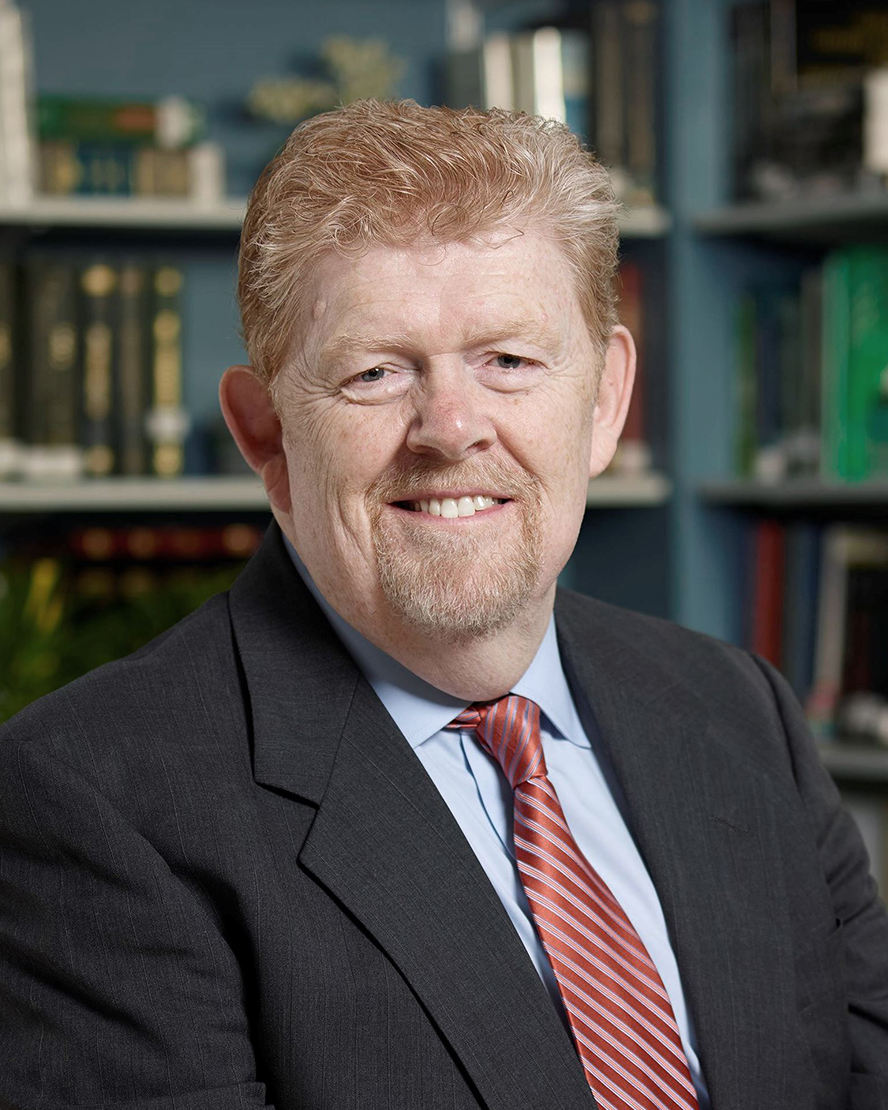
John McCarthy, ScD, CIH
President & Co-Founder
Environmental Health & Engineering
Passionate about all aspects of environmental science, John “Jack” McCarthy co-founded EH&E in 1988 to provide organizations with a trusted, reliable resource for environmental and engineering consultation. Jack has cultivated a team of industry leading professionals who share his dedication to creating innovative solutions, based on rigorous, sound science, to resolve the most challenging environmental and human health effects questions.
Jack is widely recognized as one of the nation’s leading experts in exposure assessment, product evaluation, and health impacts of indoor environments. He has been the Principal-in-Charge for numerous federal studies for entities such as the U.S. Consumer Product Safety Commission, U.S. Environmental Protection Agency, U.S. Army Criminal Investigation Division, the Centers for Disease Control and Prevention and has supported the US Surgeon General’s office.
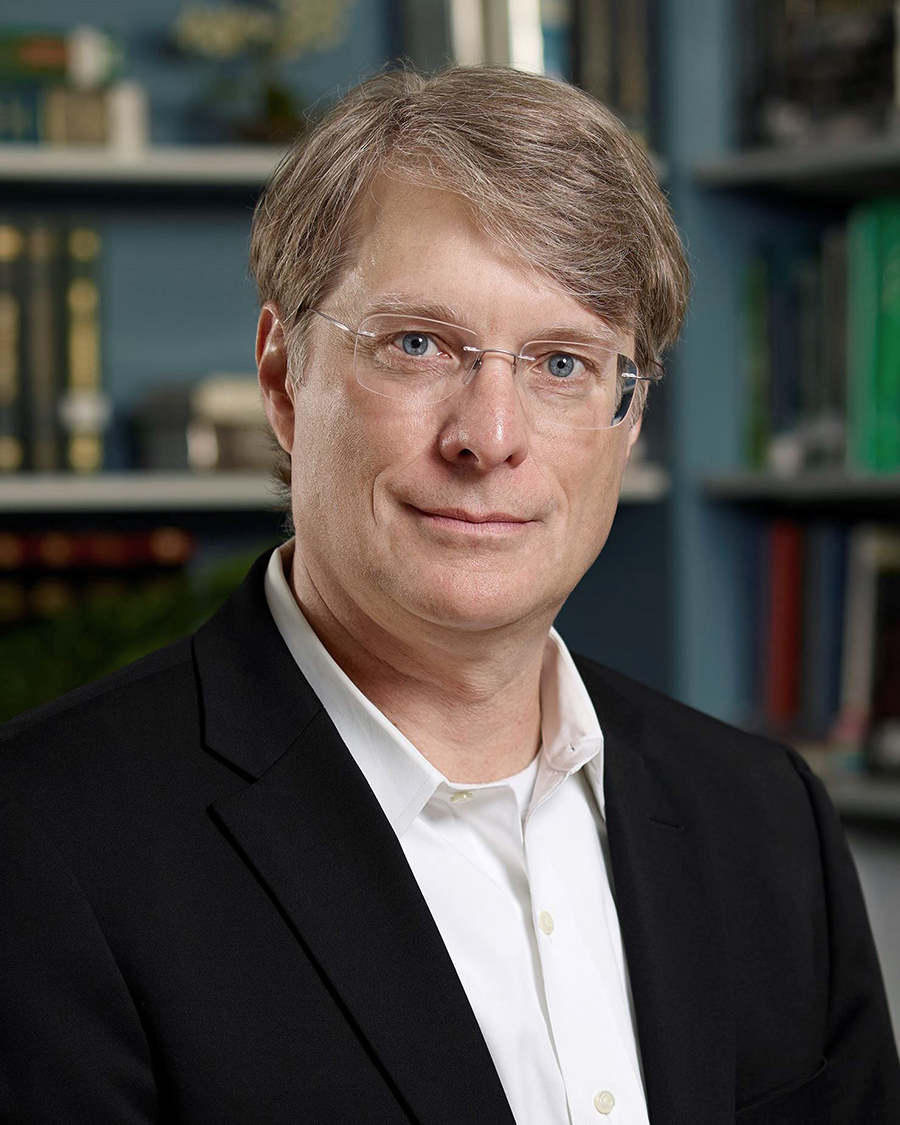
David MacIntosh, ScD, CIH
Director of Advanced Analytics
Environmental Health & Engineering
David assists clients in government, commercial, and non-government organizations with design and implementation of programs to avoid, reduce, or eliminate risks to public health in communities and workplaces. David has more than 20 years of experience in environmental and occupational health and has successfully led hundreds of projects involving public health in relation to chemicals, biological agents, radiation and pharmaceuticals.
David is also active in professional service through organizations such as the Harvard School of Public Health where he teaches a course on human exposure assessment to graduate students and also the World Health Organization with whom he develops and delivers educational materials and training on public health targeted to developing economies around the globe.

Matt Fragala, MS, CIH
Practice Director, Education and Commercial
Environmental Health & Engineering
Matt has participated in nationwide studies of commercial buildings, schools, and residences that were sponsored by the U.S. Environmental Protection Agency and the U.S. Consumer Product Safety Commission. Matt has advanced training and education in leading edge aspects of occupational / industrial hygiene including Bayesian Decision Analysis, mathematical modeling of exposures, censored data analysis, and the design and implementation of complex environmental sampling strategies. His team currently manages numerous large scale and complex exposure and forensic investigations involving contaminants such mold, volatile organic compounds (VOCs), asbestos, polychlorinated biphenyls (PCBs), and toxic gases.
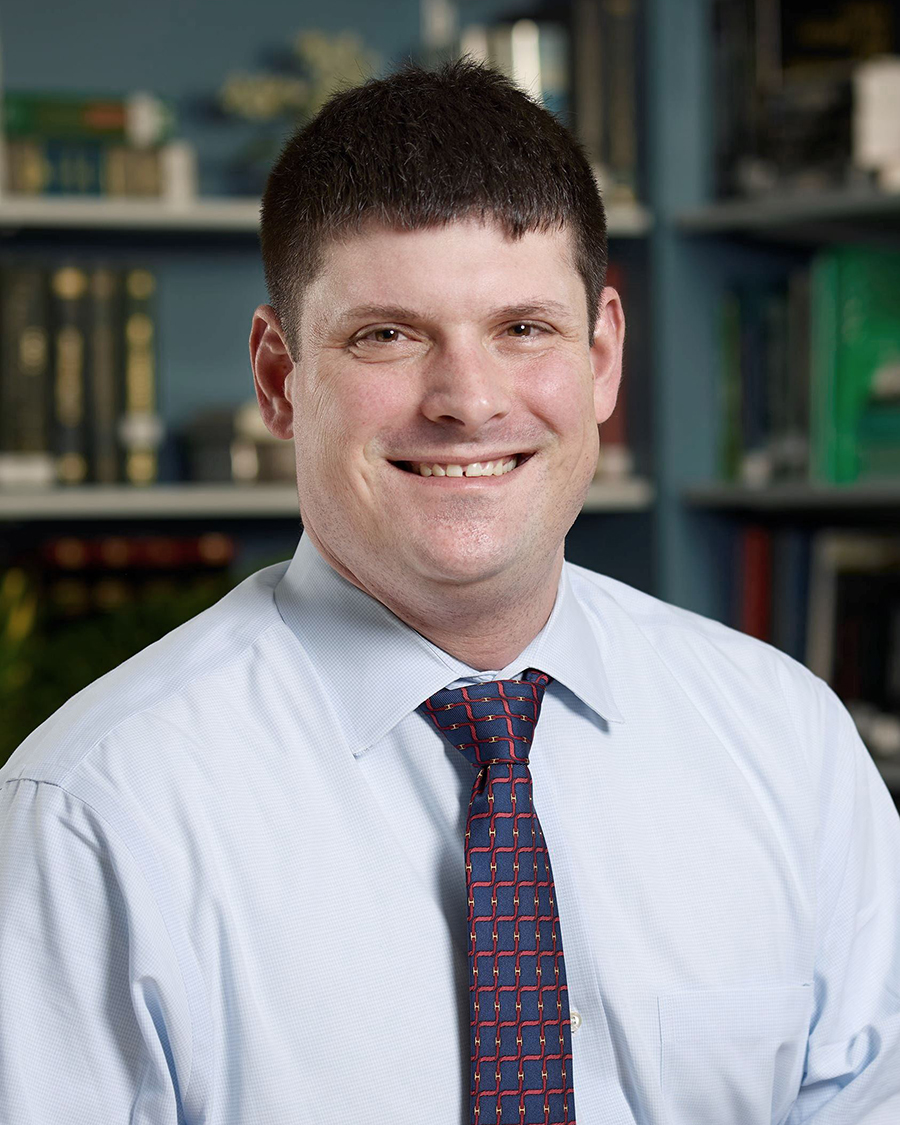
Will Wade, CIH
Senior Scientist
Environmental Health & Engineering
Will has extensive knowledge of industrial hygiene and environmental risks and supports clients across multiple sectors, including commercial, industrial, construction, healthcare, life sciences and legal. He has managed hundreds of projects assessing and controlling a broad range of industrial hygiene and environmental issues, including chemical, biological, and physical hazards; indoor environmental quality problems; mold, moisture, and fire damage; and hazardous building materials. With more than fifteen years’ experience, Will has in-depth knowledge of designing environmental monitoring programs including state of the art sampling methods, quality assurance, and analysis and interpretation.
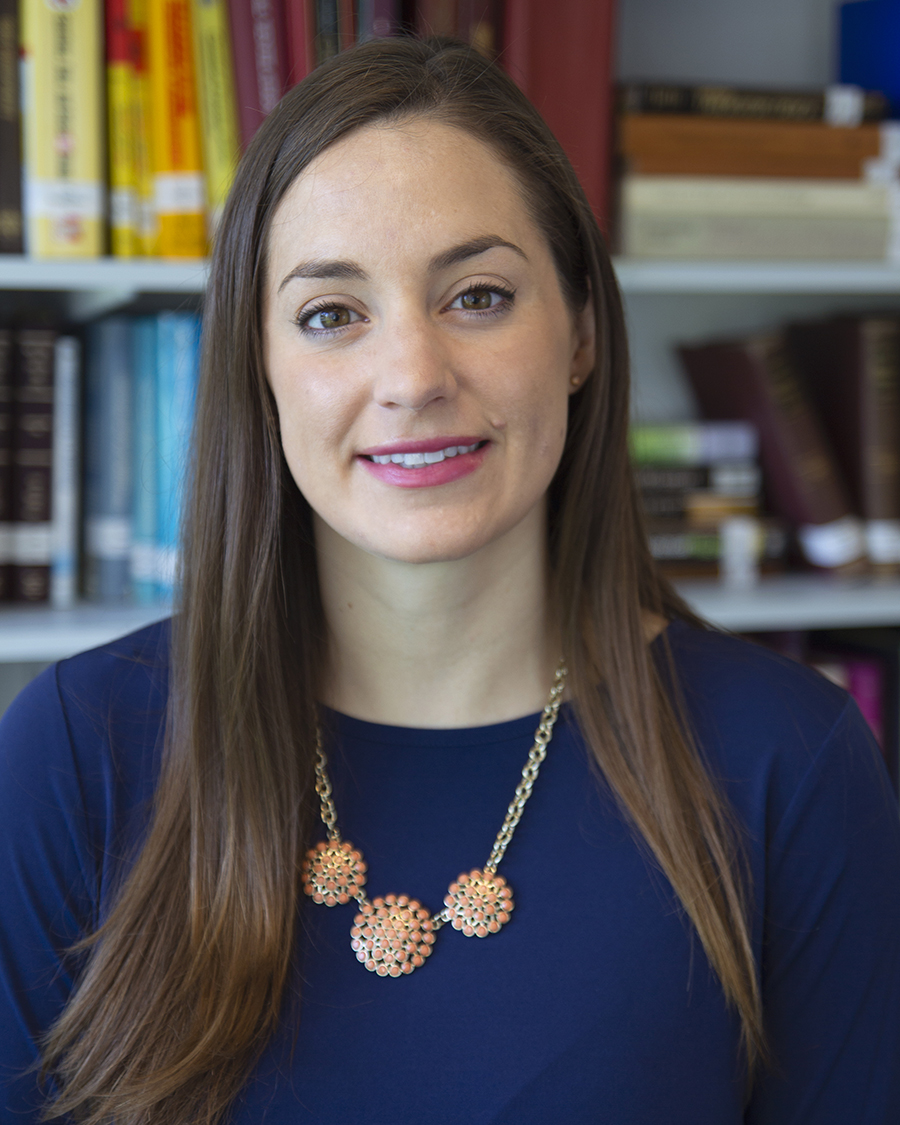
Melíssa J. Rodríguez-Vodak, MPH
Staff Scientist and Data Analyst
Environmental Health & Engineering
Melíssa provides key services in diverse capacities involving data analysis support, field support, litigation support, and literature review support. She performs laboratory risk assessments within the education and pharmaceutical sectors to determine appropriate ventilation in laboratory spaces and optimize energy use. Additionally, Melissa has experience in the maintenance and analysis of complex datasets and has assisted in the development of data visualization and interpretation to aid in making data driven decisions.

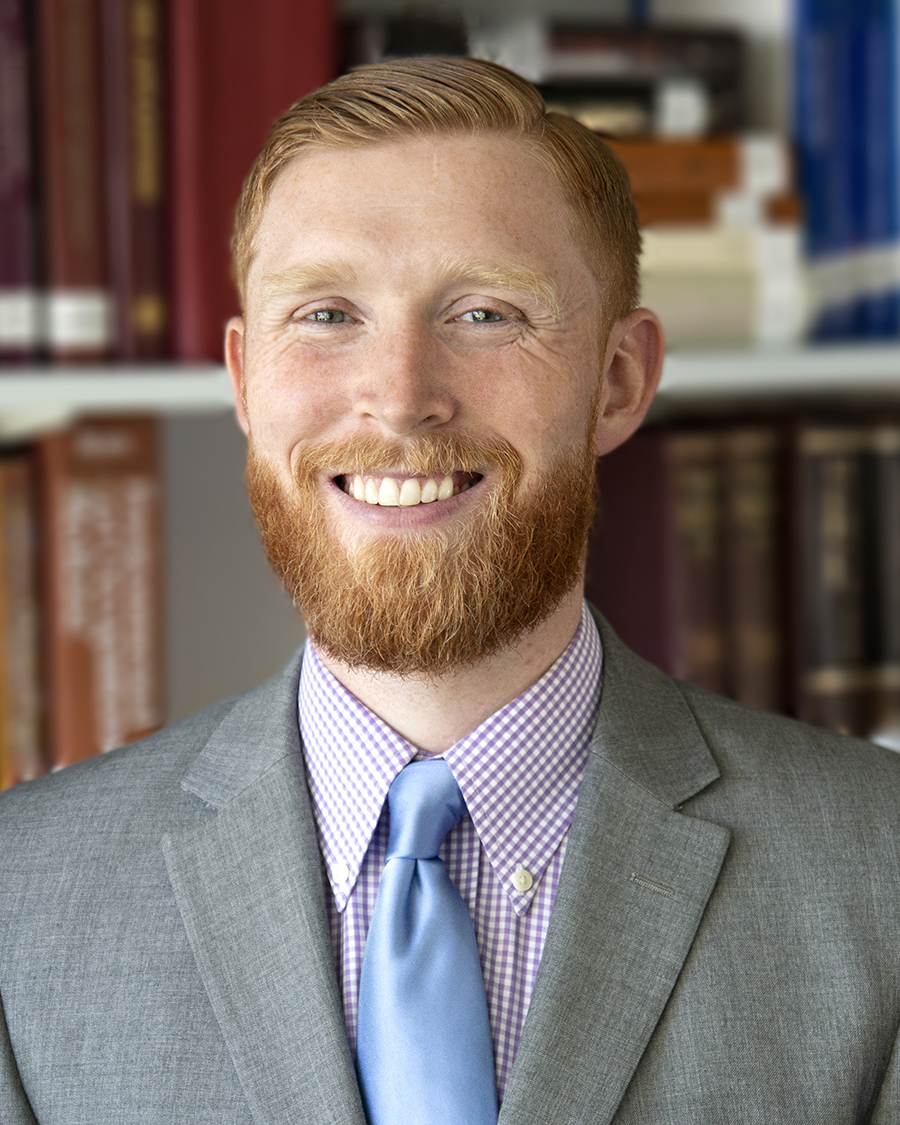
John McCarthy Jr, MS, WELL AP
Market Executive, Life Sciences
Environmental Health & Engineering
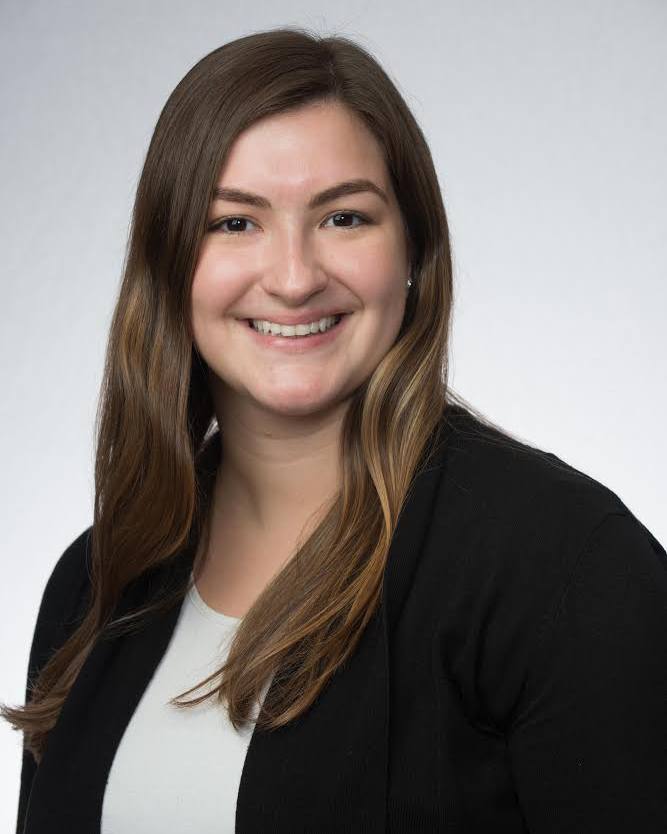
Julianne Meehan, MPH
Data Analyst
Environmental Health & Engineering
Environmental Health & Engineering
180 Wells Ave, Suite 200
Newton, Ma 02459
800-825-5343
